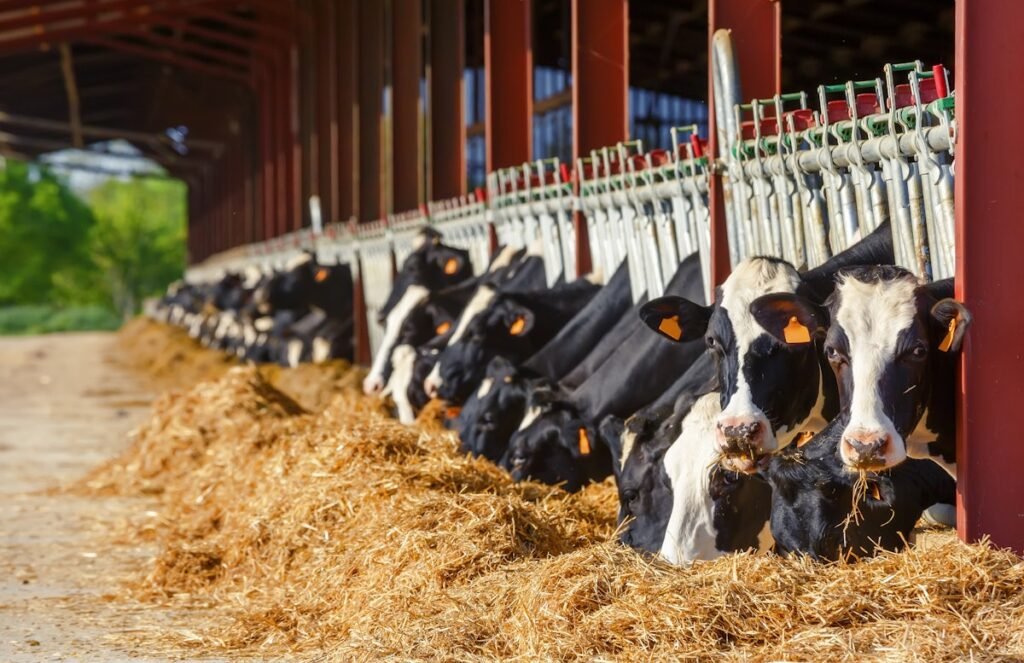EU milk output faces multiple pressures—from environmental directives to disease outbreaks and trade uncertainties.
Europe’s dairy industry is increasingly under the sway of regulatory pressures, with environmental compliance now a key factor influencing milk production, according to the latest report from Rabobank.
One regulation drawing particular scrutiny is the EU Water Quality Directive. As part of this directive, the European Commission will review the effectiveness of environmental policies in 2027, with a specific focus on nitrate levels in surface and groundwater. Given limited progress so far, Rabobank warns of more stringent measures likely on the horizon.
Nitrate Regulations Could Tighten Further
Ireland, Denmark, the Netherlands, and Flanders have already seen the abolition or reduction of nitrate derogations. If nitrate targets remain unmet, livestock sectors—particularly dairy—could face tighter herd density rules and nutrient management restrictions. Rabobank warns that this could significantly alter milk production dynamics across northwest Europe.
An especially pivotal decision awaits Ireland, where 60% of the national dairy herd resides in the south. Should the EU reject Ireland’s bid to retain its nitrate derogation, national herd reductions of up to 18% could be enforced, equating to a 1.6 billion kg drop in milk production. A verdict is expected by late 2025.
Production Trends Mixed Across EU
Despite strong profit margins for farmers, overall EU milk production declined in Q1 2025. Rabobank attributes this dip primarily to herd reductions in key dairy-producing regions and a challenging year-on-year comparison due to high early-2024 output.
Still, several countries reported production gains:
- Ireland recorded a 5.2% increase year-on-year, albeit against a weak 2024 base.
- Poland and the UK outperformed their previous year’s Q1 figures.
- Sweden and Denmark showed modest growth.
Nevertheless, the broader trend points toward a shrinking EU milk pool, driven by both policy and structural factors.
Animal Diseases Disrupt Supply Chain
Beyond economics and policy, Rabobank underscores that animal diseases are now a critical concern. Recent outbreaks of Foot and Mouth Disease (FMD) in Germany, Slovakia, Hungary, and Austria have disrupted both production and exports. Meanwhile, last year’s Bluetongue virus outbreak significantly curtailed supply. A return of either disease could further strain Europe’s dairy output.
Demand Holds Steady, But Trade Uncertainty Looms
Despite supply-side volatility, demand for dairy products across Europe remains strong. However, international trade is facing new headwinds. The EU’s cheese exports to the US surged in anticipation of possible new tariffs. While butter prices are expected to be less affected, cheese—the EU’s top dairy export to the US—could see significant volatility.
Outlook: Challenging Yet Resilient
With environmental compliance, disease risks, and trade policy now core variables, the European dairy sector must brace for a more regulated and uncertain future. However, sustained consumer demand and potential innovation in sustainable farming practices may provide some resilience.
“We are entering a new era where sustainability mandates will reshape not just how much milk is produced, but where and how it is done,” said an analyst from Jordbrukare India. “Stakeholders must plan for both ecological and economic sustainability in equal measure.”
